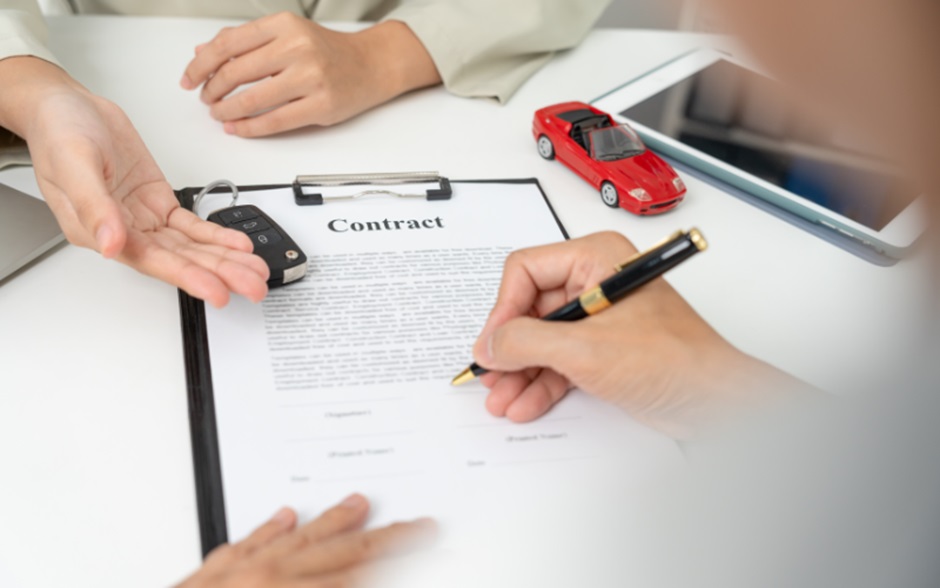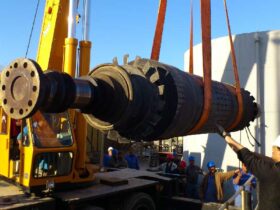Individuals looking to purchase a vehicle in Singapore typically encounter various options that greatly influence their financial situation. Among the most common alternatives are long-term car leasing and lease-to-own arrangements. Each option presents unique cost frameworks, benefits, and possible disadvantages.
Discover a comprehensive cost analysis of lease-to-own vehicles versus long-term car leasing in Singapore, providing valuable insights into which choice may be more financially advantageous for various consumer profiles.
Understanding Long-Term Car Leasing
Long-term car leasing involves renting a car for an extended period, typically from one to five years. The lessee pays a monthly fee, often covering maintenance, insurance, and other associated costs. This option is attractive for those who prefer driving new cars without the long-term commitment of ownership.
Cost Structure:
- Monthly Payments: The primary cost in long-term car leasing is the monthly rental fee, which varies based on the vehicle’s make, model, and lease duration.
- Upfront Costs: Initial payments might include a security deposit and the first month’s lease payment. These upfront costs are generally lower compared to purchasing a car.
- Maintenance and Insurance: Most leasing agreements cover maintenance and insurance, reducing additional out-of-pocket expenses for the lessee.
Exploring Lease-to-Own Cars
Lease-to-own cars offer an alternative pathway to vehicle ownership. Under this arrangement, consumers lease a car for a set period with the option to purchase the vehicle at the end of the lease term. This option is suitable for those who eventually want to own their car but may not have the immediate funds for an outright purchase.
Cost Structure:
- Monthly Payments: Similar to long-term leasing, lease-to-own arrangements involve monthly payments. However, these payments are generally higher as they contribute towards the eventual purchase of the vehicle.
- Upfront Costs: Lease-to-own agreements typically require a higher initial down payment than traditional leasing. This down payment is a portion of the car’s purchase price.
- Final Purchase Payment: At the end of the lease term, the lessee can buy the car. The final purchase price is determined based on the vehicle’s residual value and the terms of the agreement.
Cost Comparison: Long-Term Car Leasing vs. Lease-to-Own

Several financial factors come into play when comparing lease-to-own cars and car leasing in Singapore. Understanding these differences is crucial for making an informed decision.
1. Total Cost Over Time
- Long-Term Car Leasing: The total cost is generally predictable and includes monthly payments, which cover most expenses. However, the lessee does not gain ownership of the vehicle, meaning there is no asset value at the end of the lease term.
- Lease-to-Own Cars: While monthly payments are higher, they contribute towards ownership. At the end of the lease term, the lessee can purchase the car, adding an asset to their portfolio. Over time, this can be more cost-effective if the vehicle is well-maintained and retains its value.
2. Upfront Costs
- Long-Term Car Leasing: Lower upfront costs make this option attractive for those looking to minimise initial expenses. A security deposit and the first month’s lease payment are typically required for long-term car rental in Singapore.
- Lease-to-Own Cars: Higher upfront costs are a significant consideration. The down payment can be substantial, reflecting a portion of the car’s purchase price.
3. Monthly Payments
- Long-Term Car Leasing: Generally lower monthly payments, as they only cover vehicle usage and associated services. This quality can be beneficial for budgeting purposes.
- Lease-to-Own Cars: Higher monthly payments contribute towards eventual ownership. While this increases monthly expenses, it can be an investment in future asset acquisition.
Maintenance and Insurance
- Long-Term Car Leasing: This option typically includes maintenance and insurance, reducing the lessee’s financial burden for these services.
- Lease-to-Own Cars: These costs may not be included, requiring the lessee to manage and pay for maintenance and insurance separately. This characteristic can add to the overall expense but allows for more control over service providers and coverage options.
Flexibility and Commitment
- Long-Term Car Leasing: Offers flexibility with shorter-term commitments and the option to drive a new car every few years. This option is ideal for those who prefer not to commit to a single vehicle long-term.
- Lease-to-Own Cars: Involves a longer-term commitment with the goal of ownership. This alternative suits those who wish to invest in a vehicle and eventually own it outright.
Conclusion
Deciding between lease-to-own cars and long-term car leasing in Singapore depends upon individual financial objectives and preferences. Long-term car leasing offers reduced initial and monthly expenses along with increased flexibility, although it does not include the advantage of ownership. On the other hand, lease-to-own cars come with higher costs but result in eventual vehicle ownership, potentially providing superior long-term value. Thoroughly assessing these considerations will enable consumers to make an informed decision tailored to their particular requirements.
Contact Sime Darby Services to find the perfect automobile plan that suits your lifestyle and budget.










